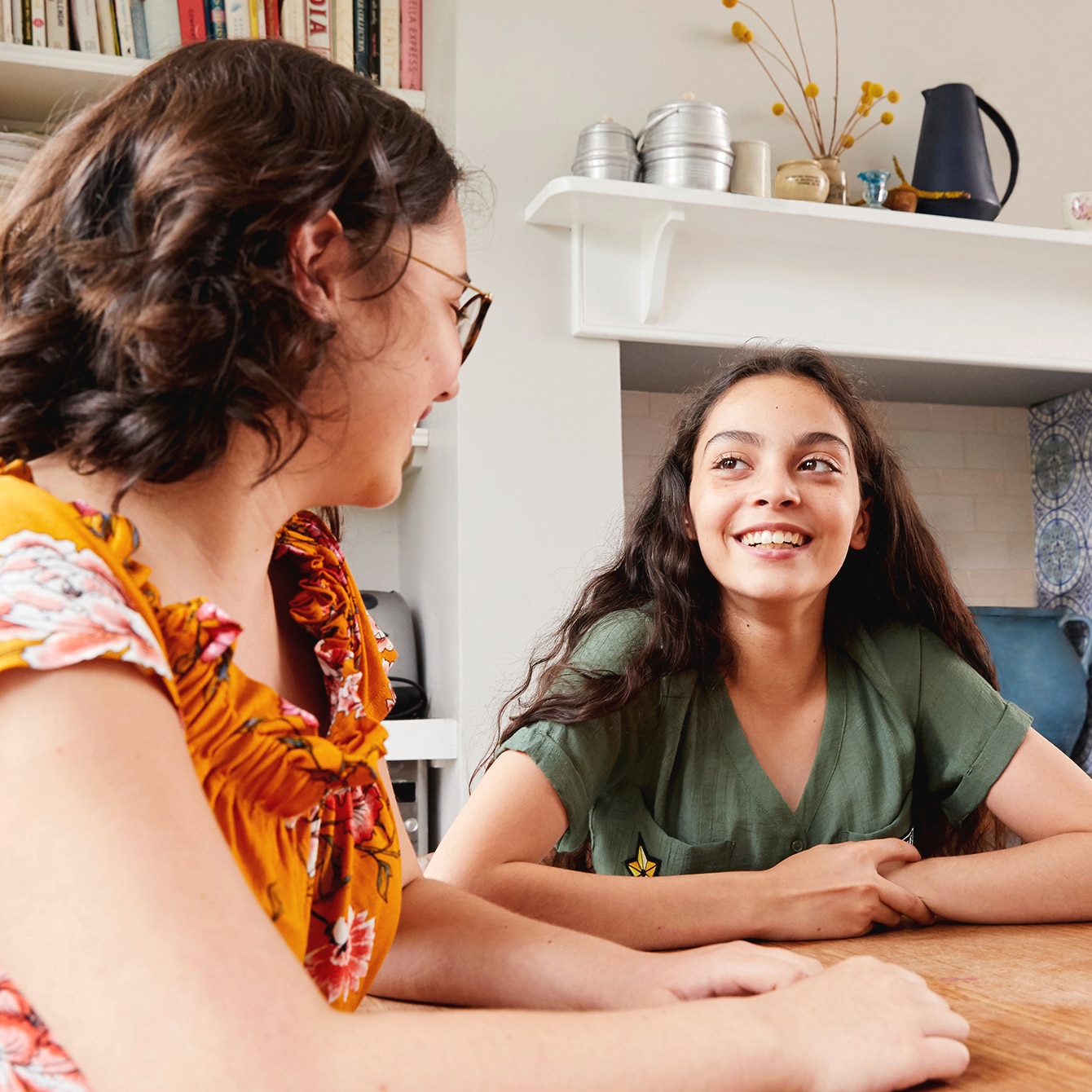Bullying doesn’t just impact those directly involved. Perhaps your child isn’t a bully themselves, but has been a ‘bystander’ – someone who does nothing, even when they see someone being teased or bullied. They may think they are doing the right thing by keeping quiet – so it's important to teach them that by challenging a bully, instead of being a bystander, they can stop hurtful behaviour taking place.
In many situations, bystanders are the people who ‘allow’ bullying to happen. Their behaviour might include:
- Joining in, teasing or laughing at an incident even though they know it’s wrong
- Not taking a stand or saying anything when they witness bullying
- Ignoring the victim during or after the event, and not offering support
- Not seeking help from a teacher or adult when it’s needed
Why do people become bystanders to bullying?
Bystanders may be motivated by fear of being the next target. If someone is being picked on because of their physical appearance, it may make your child scared to speak out in case they're teased, too.
A bystander may also be unwilling to act because they don’t know what to do for the best. Explain to your son or daughter that being a bystander can mean becoming an indirect victim of bullying. Those who do nothing are allowing themselves to be cowed into submission by the bully. But if they develop the self-confidence to confront the bullying behaviour, the bully will often back down – and, importantly, other ‘non-bullies’ will often join them in challenging the bully.
Ways to stop bullying when you're an onlooker
Help your child understand that they may have an opportunity to stop bullying or prevent it taking place – that their actions can make a difference. Challenging a bully won't be easy, so don't make light of it. Breaking out of the bystander role can be tough, requiring courage and high self-esteem.
Seeing bullying taking place is going to make your son or daughter feel uncomfortable and unsafe,” says Dr Nancy Etcoff, assistant clinical professor at Harvard University. “Ask them to consider: ‘Would a real friend make you feel like that?’”
There’s more than one way to stop bullying
Discuss the various ways that your child might be able to stop a bully. “Sometimes you can do it there and then – though that can take a lot of courage,” says Etcoff. “But it’s also possible to intervene after the event, by talking to the victim or bully directly, or even a parent or teacher about what you’ve witnessed.”
For a young person, the message that they can have an impact on and improve the situation is empowering. It may help them develop their own sense of confidence, as well as being an important life lesson.



